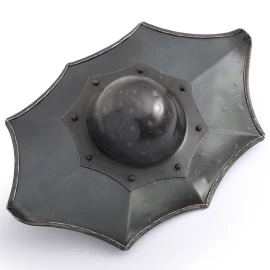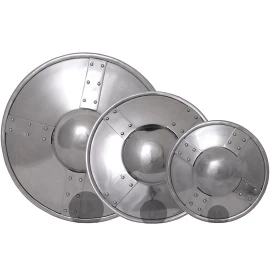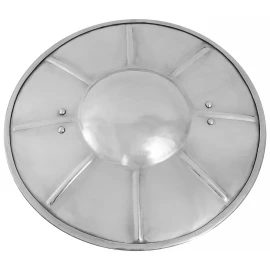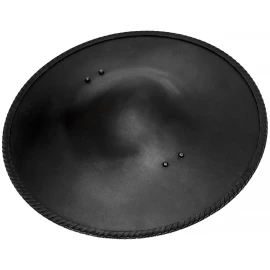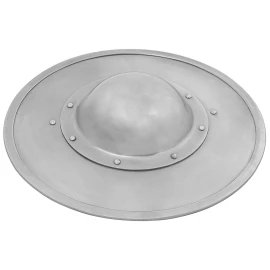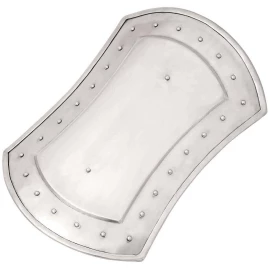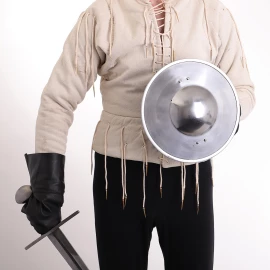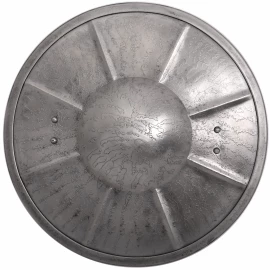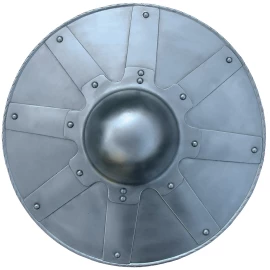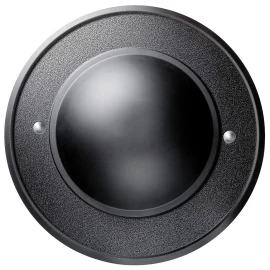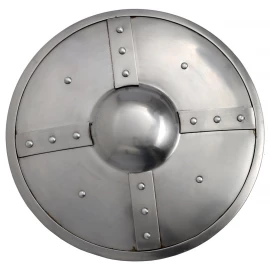Bucklers, Fist Shields
The buckler was more widely used than is commonly known. It was a simple yet effective weapon, often combined with a short sword, falchion, or rapier. It was popular circa 1100 to 1600. The buckler had a variety of roles when it came to swordplay, but five principal means come to the fore as described in MS I.33. Each use recognizes the shield's small size and maneuverability when dealing with light blades.
Narrow your Results
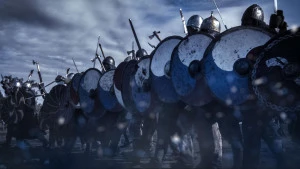
Bucklers, Fist shields
A buckler (French bouclier 'shield', from Old French bocle, boucle 'boss') is a small shield, 15 to 45 cm (6 in to 18 in) in diameter, gripped in the fist; it was generally used as a companion weapon in hand-to-hand combat during the Medieval and Renaissance, as its size made it poor protection against missile weapons (e.g., arrows) but useful in deflecting the blow of an opponent's sword or mace. There are two major forms of medievally documented bucklers. The first is a simple round shield with the fist positioned directly behind the boss with a variety of shapes of face and depths of rim. These could also have projections from the top and bottom as in Hans Talhoffer's Fechtbücher or serrated rings around the boss as in one example in the Wallace Collection. The second major form is a corrugated rectangle as suggested by Achille Marozzo in his Opera Nova.

